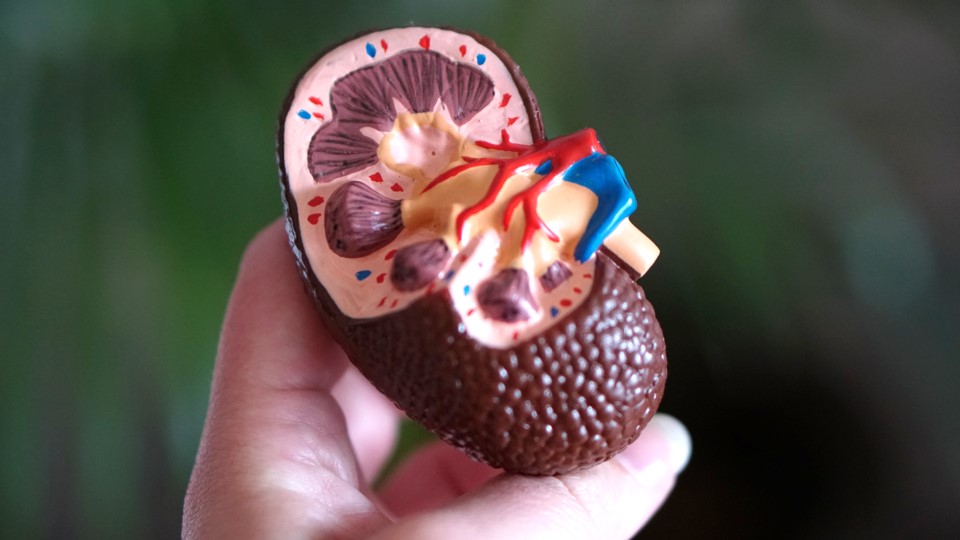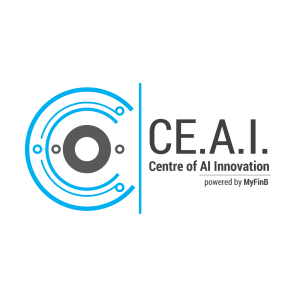Researchers from Boston University School of Medicine (BUSM) have developed a novel artificial intelligence (AI) tool to predict the grade of interstitial fibrosis and tubular atrophy (IFTA), a known structural correlate of progressive and chronic kidney disease.
Chronic kidney disease (CKD) is caused by diabetes and hypertension. In 2017, the global prevalence of CKD was 9.1%, which is approximately 700 million cases. Chronic kidney damage is assessed by scoring the amount of IFTA in a renal biopsy sample. Although image digitization and morphometric (measuring external shapes and dimensions) techniques can better quantify the extent of histologic damage, a more widely applicable way to stratify kidney disease severity is needed.
“Having a computer model that can mimic an expert pathologist’s workflow and assess disease grade is an exciting idea because this technology has the potential to increase efficiency in clinical practices,” explains corresponding author Vijaya B. Kolachalama, PhD, assistant professor of medicine at BUSM.
IFTA Scoring
Typical workflow by the pathologist on the microscope involves manual operations such as panning as well as zooming in and out of specific regions on the slide to evaluate various aspects of the pathology. In the “zoom out” assessment, pathologists review the entire slide and perform “global” evaluation of the kidney core. In the “zoom in” assessment, they perform in-depth, microscopic evaluation of “local” pathology in the regions of interest.
An international team of five practicing nephropathologists independently determined IFTA scores on the same set of digitized human kidney biopsies using a web-based software (PixelView, deepPath Inc.). Their average scores were taken as a reference estimate to build the deep learning model. To emulate the nephropathologist’s approach to grading the biopsy slides under a microscope, the researchers used AI to incorporate patterns and features from sub-regions (or patches) of the digitized kidney biopsy image as well as the entire (global) digitized image to quantify the extent of IFTA. Through this combination of patch-level and global-level data, a deep learning model was designed to accurately predict IFTA grade.
When validated, Kolachalama believes AI models that can automatically score the extent of chronic damage in the kidney can serve as second opinion tools in clinical practices. “Eventually, it may be possible to use this algorithm to study other organ-specific pathologies focused on evaluating fibrosis. Such methods may hold the potential to give more reproducible IFTA readings than readings by nephropathologists,” he adds.
Source: CLPMag.com


